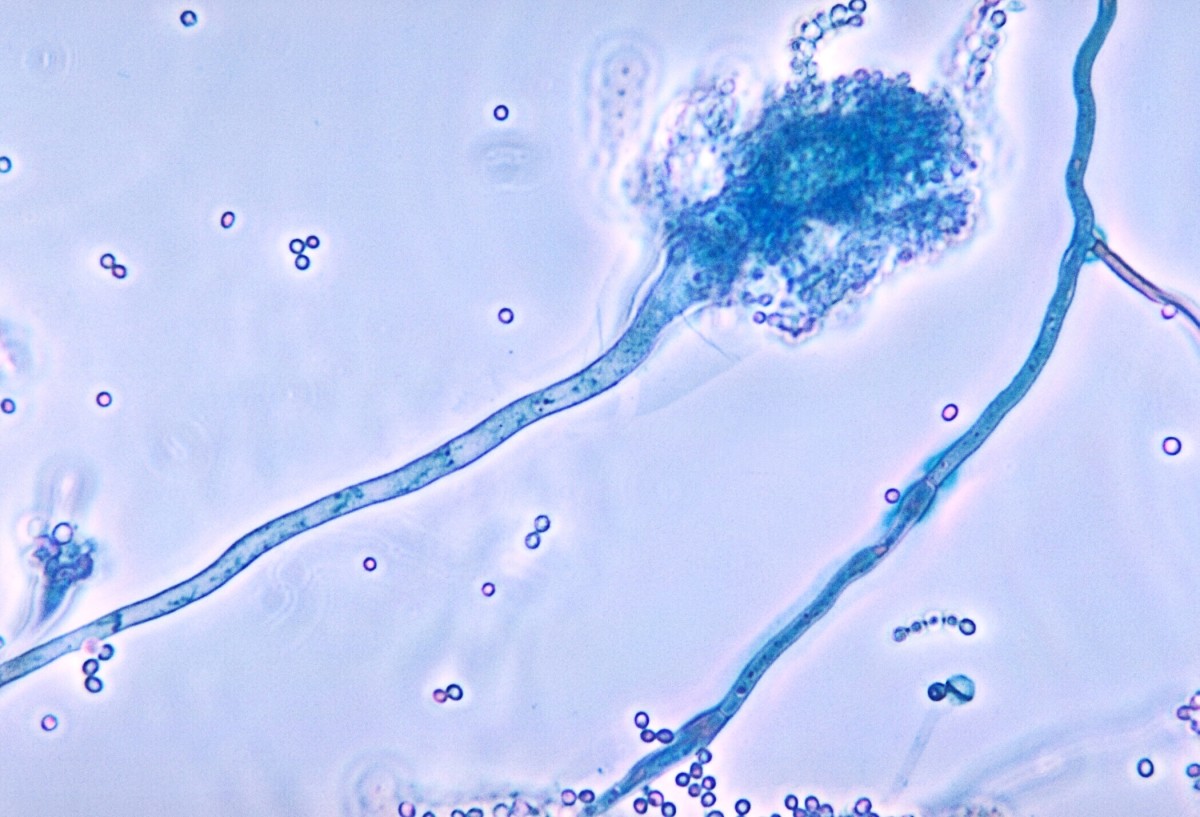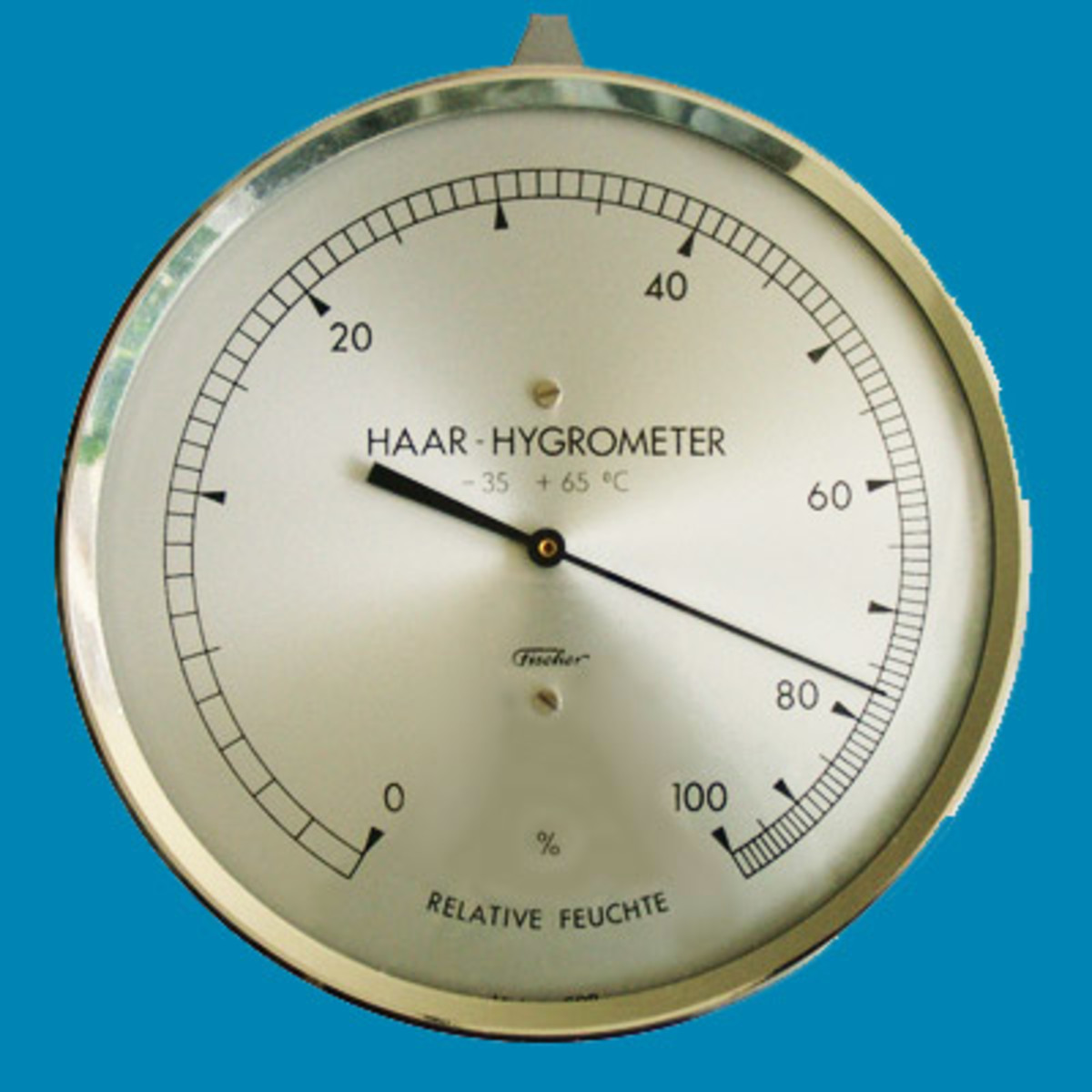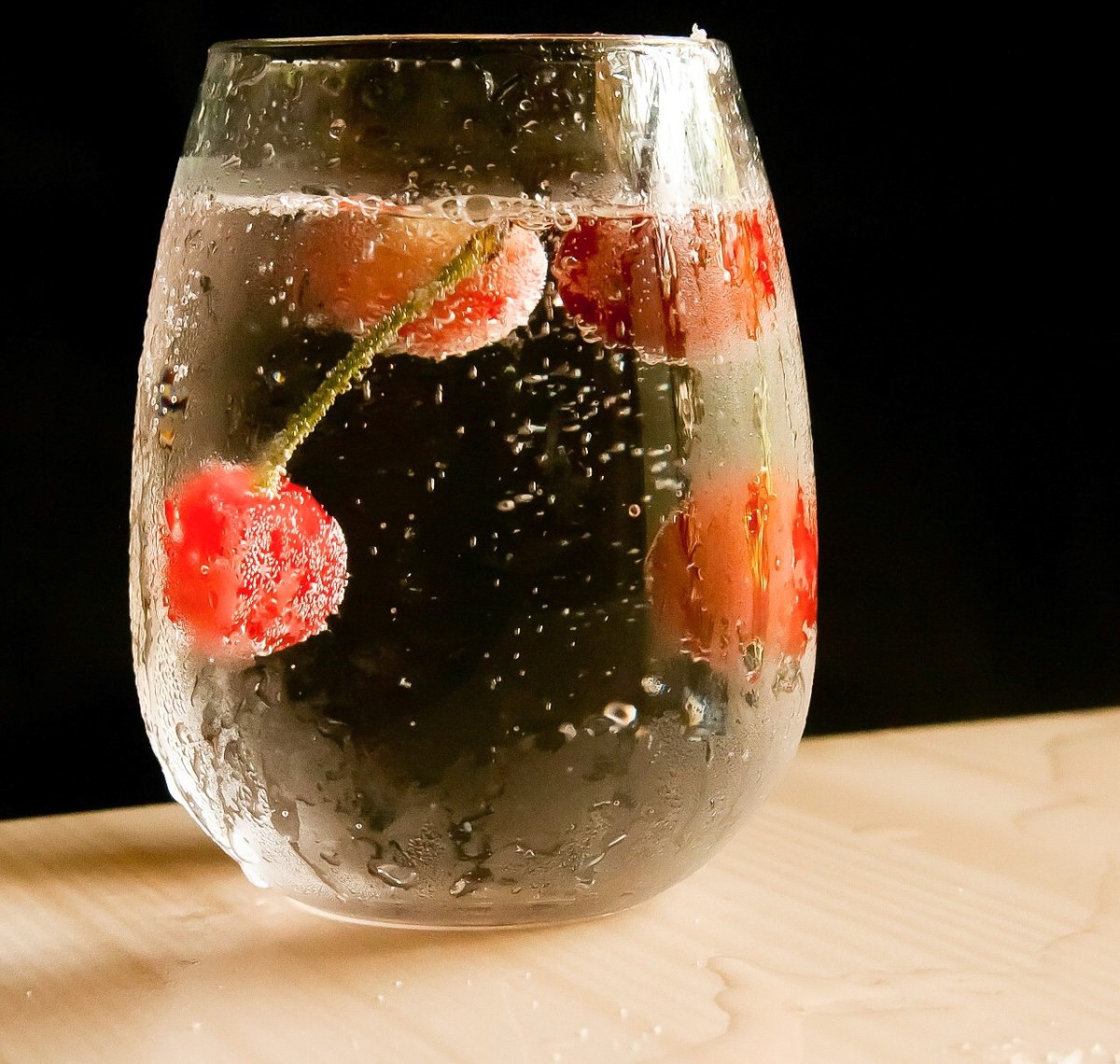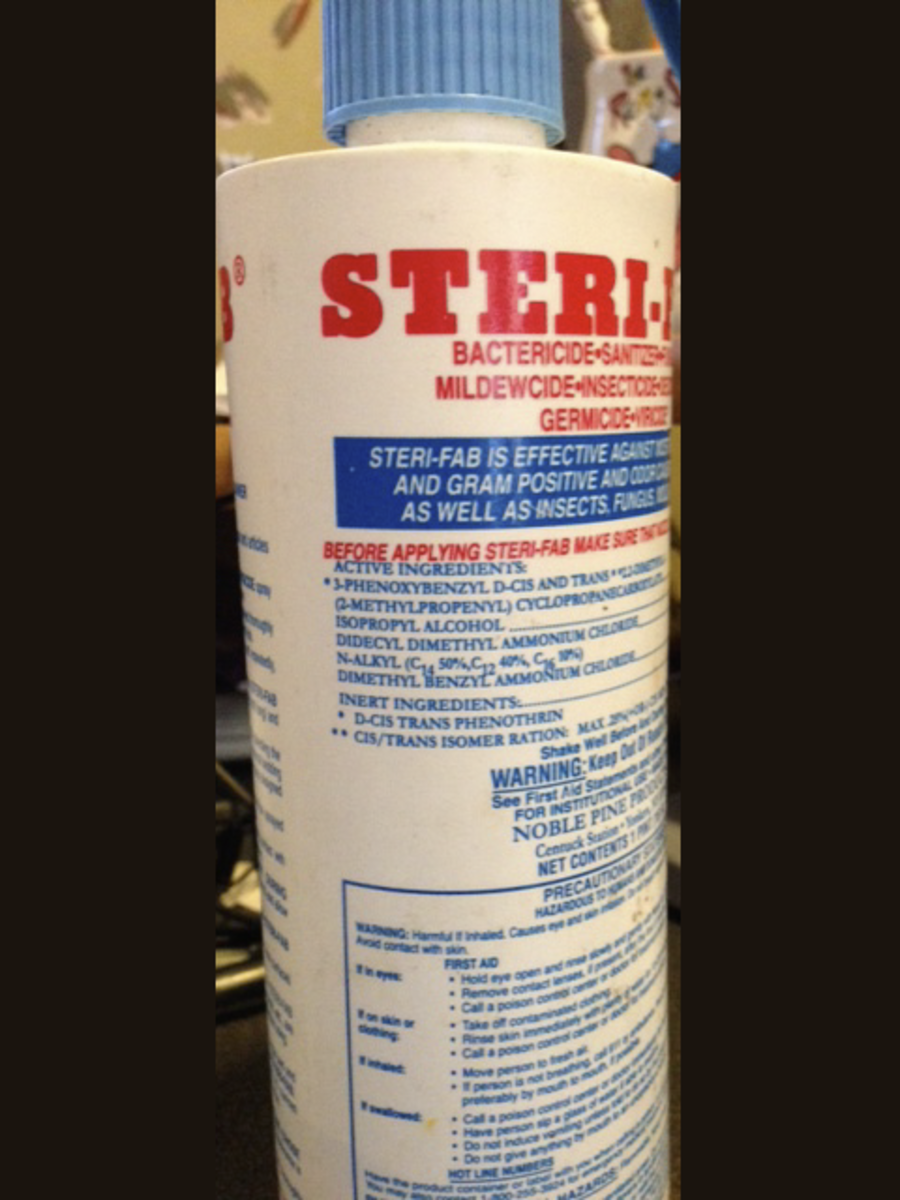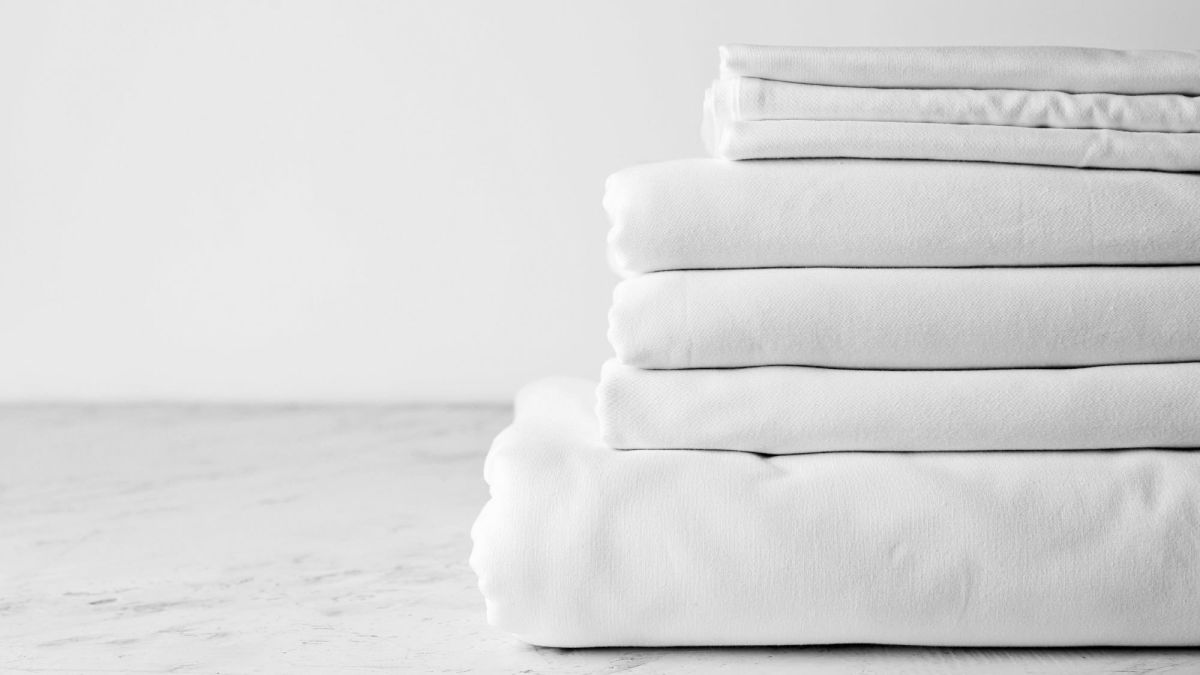Mold on Walls: Causes, Effects, Prevention, and Cure
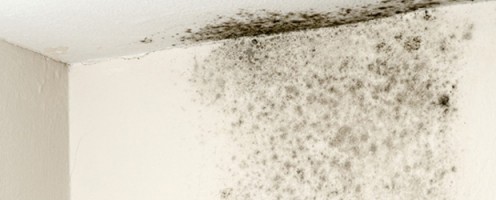
Finding patches of mold on your walls is definitely bad news. Even more worrying is the fact that these black velvety islands are indicative of deep-seated fungal infestation in your home.
Mold is best described as a hidden enemy that is capable of existing within your walls for a considerable length of time before becoming apparent. Just like the way you wake up one day to find a slice of bread topped with a green layer of fungus, mold continues to proliferate undetected and eventually becomes apparent in form of a black velvety patch. The good news is that it is indeed possible to get rid of this unsightly growth and the process begins with developing understanding and cultivating awareness.
Have You Ever Noticed Mold On Your Walls?
Have you ever noticed patches of mold on your walls?
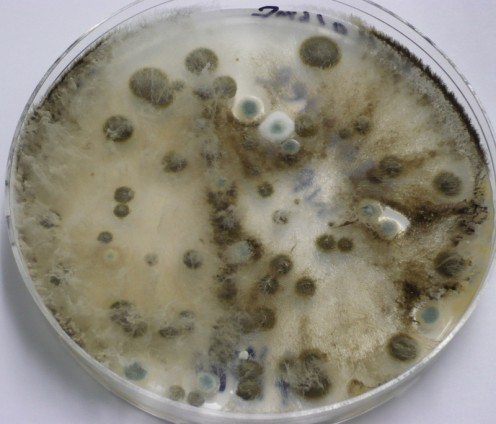
What Exactly Is Mold?
Mold is a type of fungi which is black in colour and requires a combination of warmth and moisture to reproduce and thrive. Because humidity is mandatory for mold to grow, its presence on any part of the property is indicative of water leakage within the structure.
As a type of fungi, mold hails from the family of mushrooms, penicillin and yeast all of which have benefited mankind in a variety of ways. However it is classified as being a harmful fungi and is a constant source of worry for property owners. All it takes is some form of water activity in the property for patches of mold to show up. What might vary is the sub-specie – some types require dripping wet conditions while others can thrive even in a bit of dampness.
Differentiating between Mold and Mildew
Contrary to popular opinion, mold and mildew are not the same. Although both are fungal species and thrive in warm and moist habitat, mold is usually black or white while mildew is mostly green. Both have sub-species which might deviate from the regular colour pattern but these are seldom observed.
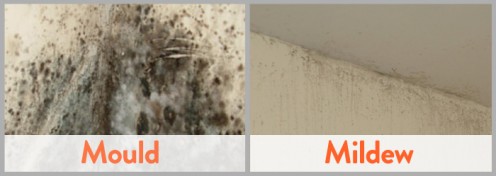
How Does Mold Grow On Walls?
Given the optimal conditions of moisture, warmth and nutrition, mold reproduces by growing spores which are then released into the surrounding environment as soon as they mature. If these spores invade your property, it is just a matter of time before they find a dark and humid spot to settle down and continue to propagate.
One of the noteworthy attributes of mold is that it can lay dormant for as long as necessary till it finds a congenial environment. Spores continue to enter your home till the concentration within is higher as compared to the outdoor air. Even before you get wise to their presence, individual spores come together to form a cluster which expands into a full-fledged colony within a few hours. As the cluster continues to grow owing to an on-going production cycle, soon there is a sizeable dark black patch on your wall, thus giving you plenty to worry about.

What renders mold truly dangerous is the fact that unlike a colony, a single spore is invisible to the naked eye. So you may inadvertently carry mold to your home through your clothes and shoes or let them in unwittingly every time you open the door or windows. Only when they will have grown exponentially and formed massive colonies will their presence be revealed to you in form of big black patches.
Having infiltrated your home, mold would seek a suitable spot to settle down and the environment in your home would be supportive if –
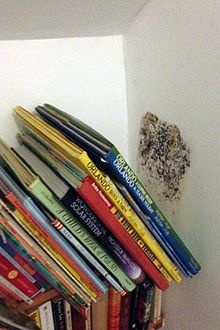
Water penetration within the structure – This could be due to a variety of reasons like rising levels of ground-water, leaking pipes, dripping from roofs, seepage from windows and condensation within the walls. All of these cause a significant spike in the level of moisture within the walls, thus creating a congenial environment for growth of mold.
Conditioning and insulation of the building are inadequate – Ideally relative humidity of any building should range between 30% and 60% so as to prevent growth of mold. One way of ensuring this entails paying attention to the conditioning and insulation of the building wherein the relative humidity is not allowed to exceed 50%.
Exhaust seeping from bathrooms and kitchen into the house – Lack of exhaust fans in bathrooms and kitchen causes vapours to spread all over the house, thus raising humidity. This, along with trapped heat, creates ideal conditions for spores of mold to prosper.
Using wall coverings on the exterior of the house – These interfere with breathing of the structure by trapping excess vapours within, resulting in condensation over a period of time. Once this process starts, formation of big black clouds of mold are just a step away.
Delay in drying up of interiors after flooding – Irrespective of whether it is due to natural causes or plumbing issue, flooding can wet your interiors like nothing else. If the rooms do not dry up within the next 48 hours, the danger of mold showing up on walls is very real.
Health Problems Associated With Mold
When it comes to symptoms of mold, most people harbour the misconception that these are short-lived and can be cured by taking the right medication. Unfortunately this is far from truth. Mold has been known to release toxins which are poisonous and could lead to life-threatening medical conditions.
Exposure to mold present on walls could pose a danger to your health in many different ways, some of which are discussed as follows –
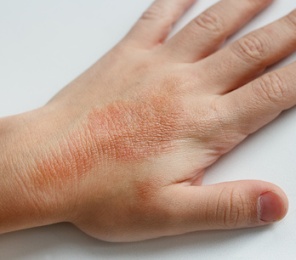
Skin rashes – Human skin is sensitive to toxins and presence of mold leads to eruption of rashes or hives. Given the highly toxic nature of black mold, its presence invariably leads to a reaction, causing symptoms like red patches, itching and flaking.
Asthma – A respiratory disorder, asthma has been traced to several sources, one of which is mold. So if you or your family members, especially children, exhibit symptoms that might be indicative of asthma, it is time to check the walls for patches of mold.
Nausea – Usually this happens only in case of heavy concentration of toxins in the air. Repeated inhalation of spores may affect your digestive system and gastric activity leading to indigestion and nausea. In case the symptoms refuse to subside, consulting a doctor is strongly recommended.
Fatigue and dizziness – Sometimes the toxic nature of black mold is strong enough to breach your immune system, thus rendering you defenceless against illness and disease. Once this happens, feeling fatigued or dizzy after a slightest bit of exertion is common.

Sinus – Prolonged exposure to mold can lead to sinus in form of running nose, nasal congestion and frequent headaches. Although medication is effective in alleviating the symptoms to an extent, a better option would be to get rid of the root cause.
Sore throat and frequent coughing – Black mold has been known to cause constant irritation and itching in the throat. This leads to incessant coughing which is not just uncomfortable but also takes a toll on the individual’s health.
Bleeding in lungs – Severe in nature, your lungs show signs of bleeding only when poisoning due to mould crosses a certain threshold. Since the situation is indicative of large-scale invasion of toxins, it calls for immediate hospitalization.
Mold - Amazing Facts
Some amazing facts about mold are –
- A single spore of mold can multiply into 12 million within 12 hours
- What appears to be a single black patch on the wall is actually a colony comprising of millions of spores
- Visible portion of the mold is the fruit while its roots are embedded deep into the substrate
- Surface treatment of mold only takes care of the fruit leaving the roots untouched
- Roots of mold are best exterminated by sucking out air and creating a vacuum
How to Get Rid Of Mold
Having noticed black patches of mold on your walls, your focus should be on finding solutions to exterminate it. At this point you would find yourself facing two courses of action, namely cleaning on your own or hiring commercial cleaners. Final decision should be made after weighing the pros and cons of each.
Decision to handle mold must be taken after you have ascertained –
- Location of the patch/patches
- Extent of outbreak
- Type of equipment required for its removal
- Availability of protective gear
Given the toxic nature of mold and its ability to regenerate in spite of having been wiped off the surface, you might want to re-think about handling the problem by yourself. That said, there are solutions that home owners undertaking the task can follow and these are outlined as follows –
Fogging and Encapsulation – Logical though it may sound, the task of uprooting mold is easier said than done. This is undoubtedly the most effective method of getting rid of this fungal growth but it is also costly, labour intensive and complicated. The process of killing mold from its roots requires application of several techniques, first among which is fogging of the area. Next is encapsulation of spores of mold and their eventual extraction by employing zinc or copper laden chemicals.
However there is a flip side too wherein it is too complicated to be handled by a home owner all by himself. High toxic content of the chemicals used for extracting encapsulated pores is another deterrent.
Applying Bleach – Using bleach to get rid of mold is an old trick but one which delivers only short-term results. It entails spraying bleach on the affected area with the hope that it will burn the spores and also remove black stains from the wall. The downside of this technique is that it impacts only the superficial layer and leaves the roots untouched.
Using non-toxic solutions – Hydrogen peroxide is used to disinfect area of infestation and dissolve the stain marking the wall. Roots are tackled by injecting an organic/natural solution into the wood. In addition to killing the mold, it has also been found to be effective against ants and termites, thus rendering your home free of pests for a long time to come.
Another reason for employing this method is the organic nature of solutions used. In addition to clearing mold it does not involve any strong chemicals that could be hazardous for your family.
Which of these techniques are you likely to use for mold removal?
How About Preventive Measures?
Prevention is better than cure. Despite being an overused cliché, this phrase is just as applicable in case of mold as it is in case of other aspects like driving fast, pest control and so on. The best way to prevent growth of mold is to control at least one of the conditions that spur its growth.
To this effect, moisture emerges as the most suitable factor that can be controlled. Temperature is another factor that can be manipulated but not as much. Given that mold often develops roots within the walls, there is hardly any scope for causing a major fluctuation in temperature. So moisture remains the best bet as a preventive strategy.
Since moisture is directly responsible for the level of humidity, some of the measures that you can take to keep it in check are –
- Checking your pipes and fixtures regularly to ensure that there is no leakage
- In case there is problem, you must summon the plumber immediately and get it sorted out rather than procrastinating and allowing it to aggravate
- Use a dehumidifier in areas like basement and attic of the house which are most prone to dampness and developing mold
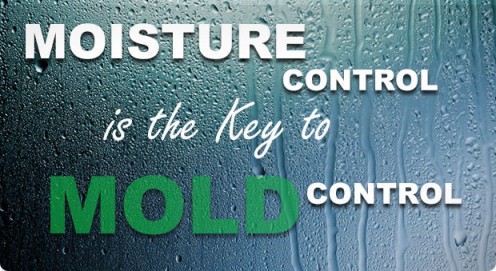
Final Word
Toxic and hideous that it is, mold is something that you must never permit to reside on your walls. If you wish to undertake removal on your own, there are plenty of home-owners’ hacks ranging from detergent and baking soda to citric acid and vinegar at your disposal.
However, in the event that you feel the penetration is much deeper and extermination is beyond your capability, it is time to consider summoning a professional cleaning service. Some advantages that you would accrue from this decision are diverse range of cleaning solutions, availability of protective gear and long term solution of the problem.
Getting rid of black mold may seem intimidating but is definitely not impossible. All you need to do is tackle the problem by taking the right approach and you will soon have cleared your walls and your home of this deadly fungal infestation.


